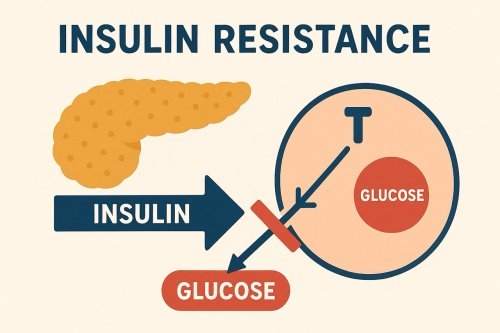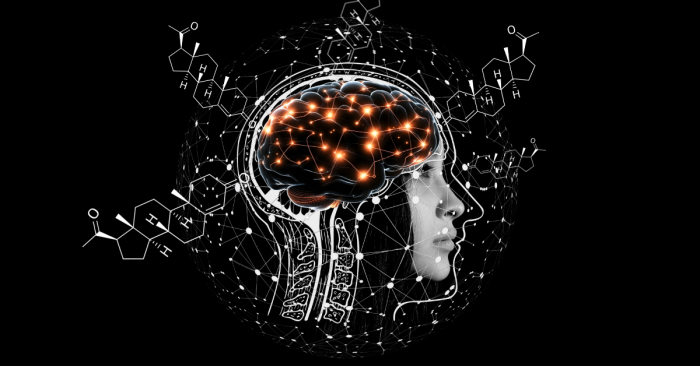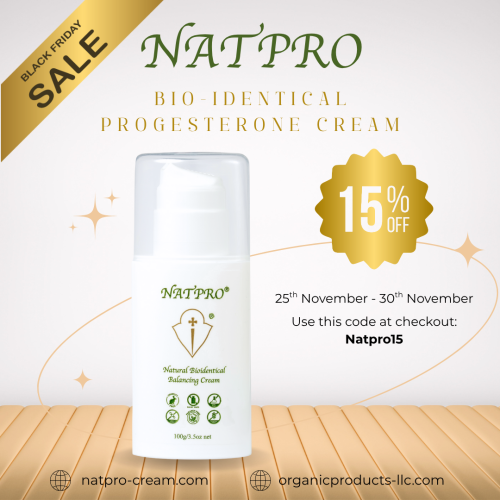Endometriosis symptoms
Endometriosis symptoms are the product of a condition that relates to the cells which form the lining of the uterus. These are called endometrial cells. Endometriosis affects approximately 20% of women worldwide during the years from puberty to menopause, rarely after. The endometrium is found growing in places other than the uterus.
For reasons unknown at present, some of the endometrial cells migrate to other parts of the body. They cannot be shed like normal uterine cells but instead form cysts, often called chocolate cysts. As there is no outlet for the blood, it becomes oxidised and turns brown. The cysts grow larger with each menstruation causing in some cases much pain.
These cells are most often found...
- in the pelvic area
- on the ovaries
- the Fallopian tubes
- the back and front of the uterus
- the intestines
- the bladder
But they have also been found in the...
- eyes
- brain
- lungs
- diaphragm
- skin
- rectum
As the cells within the endometrium in the uterus swell and grow with the rise of oestrogen in the follicular or first part of the cycle, so do all the misplaced endometrial cells.
Endometriosis symptoms that can occur are...
- pain, from mild to extremely severe in the pelvic region
- lower back pain
- painful sex
- painful bowel movements
- pain upon urination
- spotting between periods
- fatigue
- infertility
Oxidative stress is now known to be the cause. This gives rise to Inflammation.
Oestrogen is a mitogen, causing cells to proliferate. It's also an inflammatory, excitatory hormone. Progesterone is an anti-inflammatory and calming hormone, and inhibits mitosis, causing instead differentiation.
Excess oestrogen exacerbates the inflammation, making the condition worse. But as it's a mitogen, it causes the cells to divide and multiply. The symptoms subside after menopause, as oestrogen levels have dropped.
Stress also exacerbates endometriosis, as the negative consequences of stress have an effect on the immune system.
There is an increase in mast cells, higher myeloperoxidase (MPO) levels, this is a peroxidase enzyme, and an increase in peritoneal fluid cell infiltration.
MPO produces hypochlorous acid and oxidizes tyrosine to tyrosyl radical. Both hypochlorous acid and tyrosyl radical are cytotoxic, in other words they cause inflammation. Normally MPO is used by the neutrophil to kill bacteria and other pathogens, but in excess it becomes cytotoxic.
Environmental toxins also cause inflammation.
Apart from the pain, which can be very severe, the endometriosis symptom which causes most concern is infertility. Forty per cent of women with endometriosis are infertile.
The 'infertility' is understandable, as the uterine lining is too inflamed for the newly developed embryo to implant. It's essential to reduce the inflammation before implantation is possible.
This can be done with antioxidants, in particular vitamin D, plus progesterone.
For normal use between 100-200mg/day of progesterone is sufficient, but endometriosis is the result of chronic oxidative stress. This causes inflammation varying from mild to severe. In severe cases 500mg/day will be needed, its best to go by symptoms, adjusting it higher or lower as the weeks go by.
For more information see How to use progesterone cream.
Please have a vitamin D test done. Take a minimum of 5000ius/day vitamin D, if a severe deficiency is found 10,000ius are needed. For more information please see the
GrassrootsHealth and Birmingham Hospital websites.
For more information on endometriosis symptoms please click here.
Endometriosis symptoms references...
 Feeling tired, foggy, or struggling with stubborn weight gain—especially around the waist? You might be surprised to learn that these symptoms could be linked to insulin resistance, a condition that a…
Feeling tired, foggy, or struggling with stubborn weight gain—especially around the waist? You might be surprised to learn that these symptoms could be linked to insulin resistance, a condition that a… Are you struggling with irregular cycles, unwanted hair growth, or unexplained fatigue? You’re not alone. Polycystic Ovarian Syndrome (PCOS) affects up to 10% of women of reproductive age—and many mor…
Are you struggling with irregular cycles, unwanted hair growth, or unexplained fatigue? You’re not alone. Polycystic Ovarian Syndrome (PCOS) affects up to 10% of women of reproductive age—and many mor… While progesterone is often discussed in relation to reproductive health, emerging research reveals its remarkable role in supporting brain function and protecting against neurological decline. Proges…
While progesterone is often discussed in relation to reproductive health, emerging research reveals its remarkable role in supporting brain function and protecting against neurological decline. Proges… Incase you missed it!
Today is the last day for you to claim 15% off our Natpro 100ml Dispensers. The sale ends at midnight tonight.
How to Claim Your 15% Discount:
•Shop at
Incase you missed it!
Today is the last day for you to claim 15% off our Natpro 100ml Dispensers. The sale ends at midnight tonight.
How to Claim Your 15% Discount:
•Shop at